By William Silvester
On November 8, 1861, two distinguished diplomats from the newly established Confederate States of America were arrested and removed from the British mail steamer Trent by the American ship San Jacinto in the Bahama Channel near Havana, Cuba. Former United States senators James Mason of Virginia and John Slidell of Louisiana were en route to London to represent Southern interests in Europe. Union Captain Charles D. Wilkes, aboard San Jacinto, had decided that the two diplomats “were carrying highly important dispatches and were endowed with instructions inimical to the United States.” That may well have been the case, but maritime law requires a high standard of proof for such armed interference with neutral vessels. Ironically, the War of 1812 had flared over just such an insistence by Great Britain of its right to search American ships and impress into service anyone it considered a British subject. When Union sailors took Mason and Slidell off the Trent, British tars and civilian passengers threatened to intercede, and only the decision of the two diplomats to go quietly prevented the shedding of blood on both sides. Wilkes considered seizing Trent as a prize of war, but decided to allow the British ship to proceed to St. Thomas in the Virgin Islands, thus averting an immediate war with Great Britain.
The Trent Affair: A Media Storm
The media grabbed the Trent Affair with both hands and proceeded to blow it all out of proportion. Northern newspapers welcomed and exaggerated the small victory—vicarious though it was—over the Confederacy. The New York Times led the way, proclaiming proudly that “we do not believe the American heart ever thrilled with more genuine delight than it did yesterday, at the intelligence of the capture of Messrs. Slidell and Mason.” Wilkes was hailed as “the hero of the hour.” English editors took a different tack, setting the country ablaze with demands for national satisfaction. An American living in London noted that “the people are frantic with rage, and were the country polled, I fear 999 men out of a thousand would declare for war.” British prime minister Lord Palmerston called an immediate cabinet meeting to denounce the seizure of Mason and Slidell as “a gross outrage and violation of national law.” Palmerston called for an embargo on arms shipments to the North and a strong British fleet to sail into North American waters and, in essence, look for trouble.
When news of the incident reached James Douglas, governor of the colony of British Columbia on Canada’s west coast, he was positive that Great Britain would not tolerate such insolence and that war would soon be declared. Douglas promptly dispatched a letter to the secretary of state to the colonies, Henry Pelham, Duke of Newcastle, requesting permission to invade adjacent Washington Territory. For many years, a state of bloodless conflict had existed between British Columbia and the territory. Douglas saw the American preoccupation with their own Civil War as an excellent opportunity to resolve the difficulties once and for all.
The Ambiguous Treaty of Washington
The troubles had begun with the Treaty of Washington of 1846. In that year a group of knowledgeable gentlemen had gathered to outline the boundary between Canada and the United States. It was pointed out, even before the ink was dry on the treaty, that there was a small flaw in the arrangements. For some reason, the wording failed to specify which of two channels the boundary was to pass through, Haro or Rosario. Between the two channels lay a group of islands comprising about 170 square miles of land. Naturally, each side claimed that the channel giving them the most land was on their side of the border.
In the summer of 1850, in an attempt to establish British control over the islands, Douglas ordered a fishing station established on San Juan Island for the purpose of provisioning the multitude of Hudson’s Bay Company fur trade forts. Not long after, an American named Richard Cussons landed on San Juan to cut trees for export. After Douglas informed Cussons that a heavy duty would have to be paid on all the lumber he chopped down and exported, the lumberman abruptly changed his mind and left the island. Douglas was determined that British control of San Juan be maintained, and to that end he appointed Charles J. Griffin to establish a Hudson’s Bay Company colony on the island.
On December 13, 1853, Griffin and 1,300 sheep were landed on San Juan by the Bay Company steamer Beaver. When the Americans learned of this, it was decided to levy a duty on the sheep in retaliation for the duty placed on Cussons for his lumber. The Bay Company replied that the island was British soil and therefore subject to no American duties. Determined to forward American claims, Isaac N. Ebey, U.S. Collector of Customs, ordered Griffin arrested. The stalwart company clerk was of a different mind, however, and simply refused to surrender. Uncertain of his authority, Ebey decided to let the matter rest.
To strengthen its claim, the Legislative Assembly of Washington Territory annexed the Haro Archipelago in 1854. Inexplicably, the Hudson’s Bay Company made no move to counter the annexation. Emboldened by the seeming complacency of the company, a few American settlers moved to the islands, and Whatcom County officials levied taxes against the company. When payment was not forthcoming, they seized and sold 34 of the company’s sheep. Bay Company officials immediately filed a claim of damages against the Americans. When word of this reached Secretary of State William L. Marcy in Washington, he hastily instructed territorial governor Isaac T. Stevens to refrain from taking any action that might be construed as belligerent by the British.

On the Brink of War Over a Pig
A new player arrived on the stage on October 1858, in the person of Brig. Gen. William S. Harney. Harney had just be given command of the Department of Oregon and made his headquarters at Fort Vancouver on the Columbia River. In July 1859, Harney decided to tour the disputed area, which was now inhabited by 16 American settlers. Douglas also kept up a vested interest in the islands, where the British population had expanded to 18 Bay Company employees, some 4,000 sheep, and an assortment of cows, horses, and pigs.
As Harney and Douglas watched over the islands, an incident occurred that brought Great Britain and the United States to the brink of war. In June 1859, the first and only shot of what has to become known as the Pig War was fired. An American farmer, Lyman Cutfler, took exception to a Bay Company pig rooting in his garden and summarily shot the beast. Company officials immediately claimed damages and sent representatives to collect. Cutfler, taking a page from Griffin’s book, refused to be arrested or pay damages and replied that, furthermore, he intended to kill any new animals that trespassed on his land.
Harney visited San Juan to assess the situation, then proceeded to the British Columbia capital of Fort Victoria to speak personally with Douglas. The meeting was cordial, polite, and totally useless—Harney dropped no clues as to his future intentions. Upon returning to San Juan, he dispatched orders to Captain George Pickett, then in command at Fort Bellingham, to occupy the island in the name of the United States. At the same time, Harney made plans to redistribute the troops under his command. Port Townsend and Bellingham were to be evacuated and the steamer USS Massachusetts was to be placed at Pickett’s disposal. Claiming that troops were needed to protect the settlers from the native population, Pickett landed on San Juan with 60 troops on July 27. His actual orders were to keep a close watch on the Hudson’s Bay Company and prevent British troops from landing and implementing a joint occupation.
Upon learning of Harney’s action, Douglas dispatched HMS Tribune, a 31-gun frigate under the command of Captain Geoffrey Hornby, to San Juan. At the same time, the sloop HMS Plumper was ordered to pick up a detachment of Royal Engineers and Royal Marines and sail forthwith to the island. Knowing that his immediate superior, Admiral Robert L. Baynes, was due to arrive at any time with the flagship HMS Ganges, Hornby decided to quietly ignore the occupation order and await further instructions from the Admiralty before landing. Meanwhile, Harney had Pickett withdraw his troops from the beach and out of range of the British guns while he arranged to reinforce the island. Lt. Col. Silas Casey, at Fort Steilacoom, was ordered to land on San Juan with every soldier at his disposal. Harney then wrote to the headquarters of the U.S. Navy on the Pacific coast, requesting warships of his own.
Defusing Hostilities
Unaware of Hornby’s reluctance to act without orders, Pickett was pleasantly surprised when the British troops made no attempt to land. At the time, only HMS Tribune was in the vicinity, her decks packed with troops from Plumper, which had returned to the naval base at Esquimalt, near Fort Victoria. Taking advantage of the British inactivity, Pickett sent troops to dismantle now-abandoned Fort Bellingham and bring the lumber back to San Juan to be used for fortifications.
Meanwhile, Casey had bundled his troops aboard the mail steamer Julia on August 9 and left Fort Steilacoom for San Juan. On arriving in the vicinity the next day, he learned of the British naval presence and decided that it would be prudent to wait until nightfall before attempting a landing. At midnight he sailed, groping through the early morning fog to land near Pickett’s camp. More reinforcements were soon sent as Harney stepped up the occupation. Pickett was ordered to dig in.
The American camp was situated on a narrow neck of land on the southern end of the island, and Pickett ordered earthworks constructed there. Four 12-pound howitzers were mounted inside the fortifications. Unfortunately, while the Americans had an overabundance of guns, they had little ammunition. When Harney heard of this he promptly rectified the situation by landing 85,000 rounds of musket ammunition and 2,000 rounds for the howitzers at Fort Steilacoom. At this point, the American force consisted of a grand total of 461 men. In addition there were eight 32-pounders from Massachusetts, five mountain howitzers, and one 6-pounder.
The British force was far more formidable. Five ships were in the vicinity of San Juan Island: HMS Ganges, a ship of the line with 84 guns; HMS Tribune, a frigate with 31 guns; the corvettes HMS Plyades and HMS Satellite, each with 21 guns; and HMS Plumper, a sloop carrying 10 guns. Including the Royal Marines and Royal Engineers brought by Plumper, the British force consisted of 2,140 officers and men and 167 guns.

When word reached Washington of the potentially explosive situation, President James Buchanan dispatched Army commander General Winfield Scott to Washington Territory with instructions to arrange a joint occupation of the island. One of Scott’s first actions upon arriving was to chastise Harney, an officer he considered erratic and untrustworthy. This done, Scott went on a tour of the islands and wrote to Douglas to suggest a joint occupation. Douglas was receptive to the plan and agreed on a garrison of 100 men each on San Juan. The governor also agreed to remove the British naval presence from the area, which by this time consisted only of HMS Satellite. In return, Scott replaced Pickett with Captain Lewis Cass Hunt of the 4th Infantry. The guns were withdrawn and returned to Massachusetts and their respective homes.
Plans for Invasion
This was the situation when the Civil War erupted in April 1861. Great Britain permitted the question of the boundary to remain dormant, although fears of war were not entirely put to rest. Not knowing the outcome of the war, Britain feared that a quick victory over the Confederacy could lead to an attempt to annex parts of Canada, including British Columbia. Realizing this, Lord Palmerston considered transferring a battalion from China to British Columbia. Initially, his view was supported by the Colonial Office, but the Duke of Somerset, First Lord of the Admiralty, was against it. He believed that the American force in the Pacific was too small to be of any consequence.
The situation would have remained quiet had it not been for the Trent Affair. Douglas, while waiting for an answer to his proposed invasion of Washington Territory, began drawing up plans for an ambitious attack. At this time there were 15 Royal Navy vessels on the West Coast, with a total complement of 3,805 officers and men. These would serve as the nucleus of an invasion force. Also at Douglas’s disposal was a detachment of Royal Engineers under Colonel Richard Moody. This consisted of 161 officers and men as well as a surgeon, a hospital orderly and, for some inexplicable reason, one sergeant of Royal Artillery and one corporal of the 15th (King’s) Regiment of Hussars. Added to this were 80 Royal Marines on San Juan and a small company of militiamen known as the Victoria Voltigeurs, which had been formed in 1853 to deal with Indian troubles on Vancouver Island.
Rear Admiral Sir Thomas Maitland, commander-in-chief of the Pacific Fleet, was also making plans for the outbreak of an Anglo-American war. Maitland feared that the Americans might arm the 15 clipper ships in San Francisco harbor to prey on British merchant shipping. There were also numerous American merchant ships that could be armed and threaten British sovereignty on the high seas. Maitland therefore drew up plans for blockading San Francisco in the event of war. At the same time, HMS Bacchante, with 51 guns, would be sent to patrol and protect the Panama area. If Douglas’s invasion had been carried out, there is little doubt that Maitland’s plan would have been put into effect as well, and the entire West Coast might have been lost to the American war effort.
In all likelihood, the invasion would have been launched in the late spring or early summer of 1862. At that time, Washington Territory was still sparsely settled. The population of the territory was 11,594, compared to British Columbia’s slightly greater 14,000. An invasion would have faced few obstacles of any importance. Once the troops on San Juan had been disposed of, the next obstacle was Port Townsend at the entrance to Puget Sound. There a portion of the American fleet was stationed, along with one company of the 4th Regiment. The fleet consisted of Massachusetts; Active, a surveying steamer; Shubrick, a side-wheel steamer; Julia, a stem-wheel mail steamer; and two revenue cutters, Jefferson Davis and Joseph Lane. The American ships would have been no match for the British fleet.
Once Port Townsend had fallen, the next town of any consequence was Seattle, with a population of approximately 1,000. Unfortified and without a military garrison, it might have been bypassed in favor of the richer target of Fort Steilacoom. This was the station of the 4th Regiment and the storage depot for 85,000 rounds of musket ammunition, 15,000 rounds of rifle ammunition, and 2,000 rounds of shot for a mountain howitzer placed there by Harney in 1859 and never used. There were also 400 artillerists at the fort.
After Fort Steilacoom, the next ripe prize was the city of Olympia, capital of Washington Territory since 1853. When all these objectives were taken, Puget Sound would be back in British hands. There were still three military posts remaining: Fort Vancouver, on the Columbia River; Fort Walla Walla, farther east, near the confluence of the Snake and Columbia Rivers; and Fort Colville, on the Columbia River near the Canadian border. Fort Vancouver could have been taken with naval assistance, and Walla Walla and Colville were seriously undermanned. To compensate for the lack of regular troops, Colonel Julius Steinberger, under the direction of the War Department, formed a regiment known as the 1st Washington Territorial Volunteer Infantry. These militia troops were stationed at San Francisco, Fort Vancouver, and Fort Steilacoom. The replacement of regular troops with untrained militia would have made the invasion that much easier.
Strict Neutrality
In any event, Douglas’s plans were scuttled when he received a reply to his letter from the Duke of Newcastle, who informed him in no uncertain terms to pursue a policy of strict neutrality with regard to both the Union and Confederate governments. Douglas’s dream of conquest was ended, and Great Britain lost any chance of regaining her lands on the Columbia River. In 1872, after granting the right of arbitration on the boundary dispute to Kaiser Wilhelm I of Germany, the British lost San Juan forever when the kaiser decided that Haro Strait was the channel intended by the Treaty of Washington. The Pig War and its aftermath became a mere footnote in Anglo-American relations, another of the many fascinating what-ifs of history.

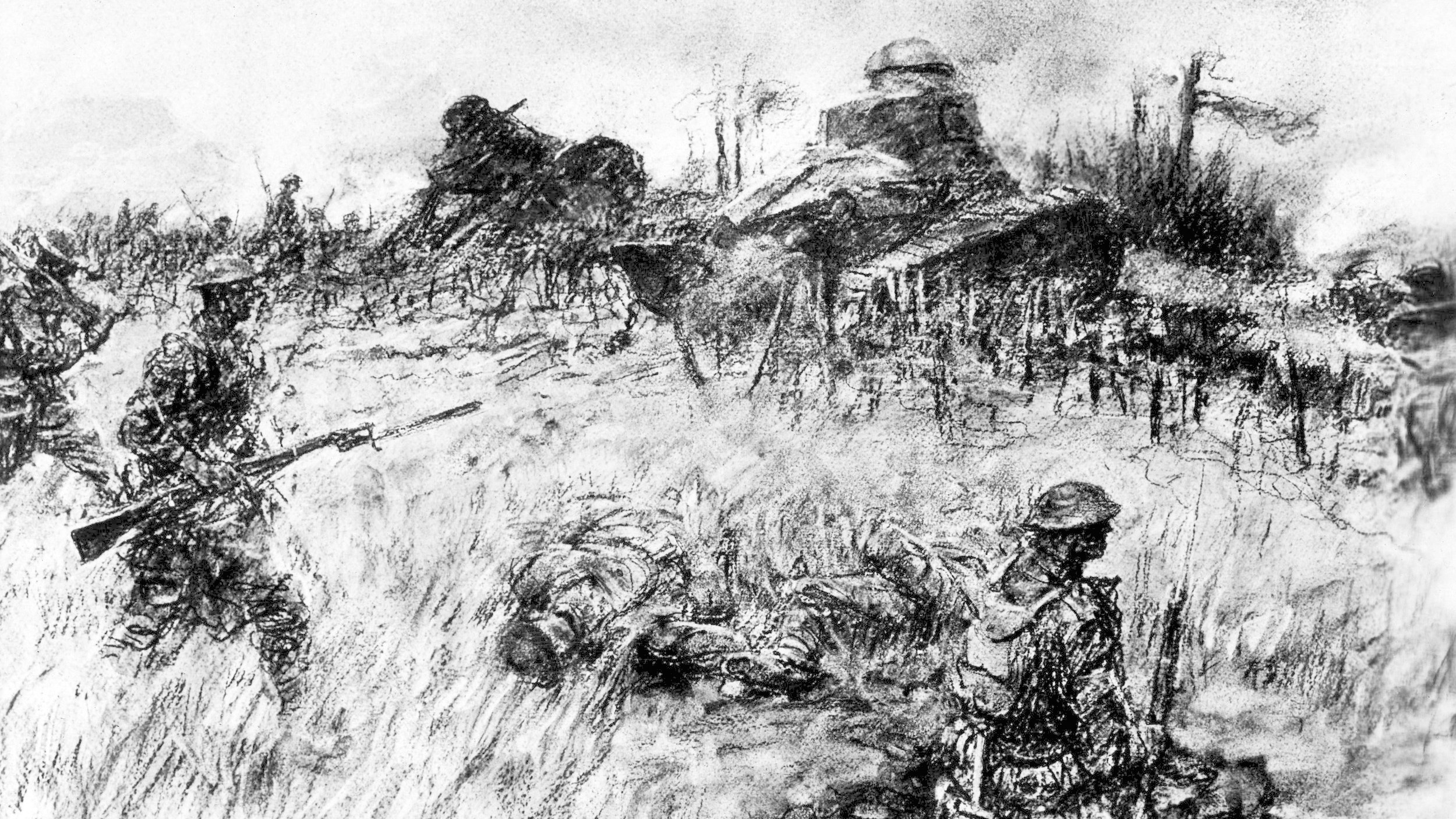
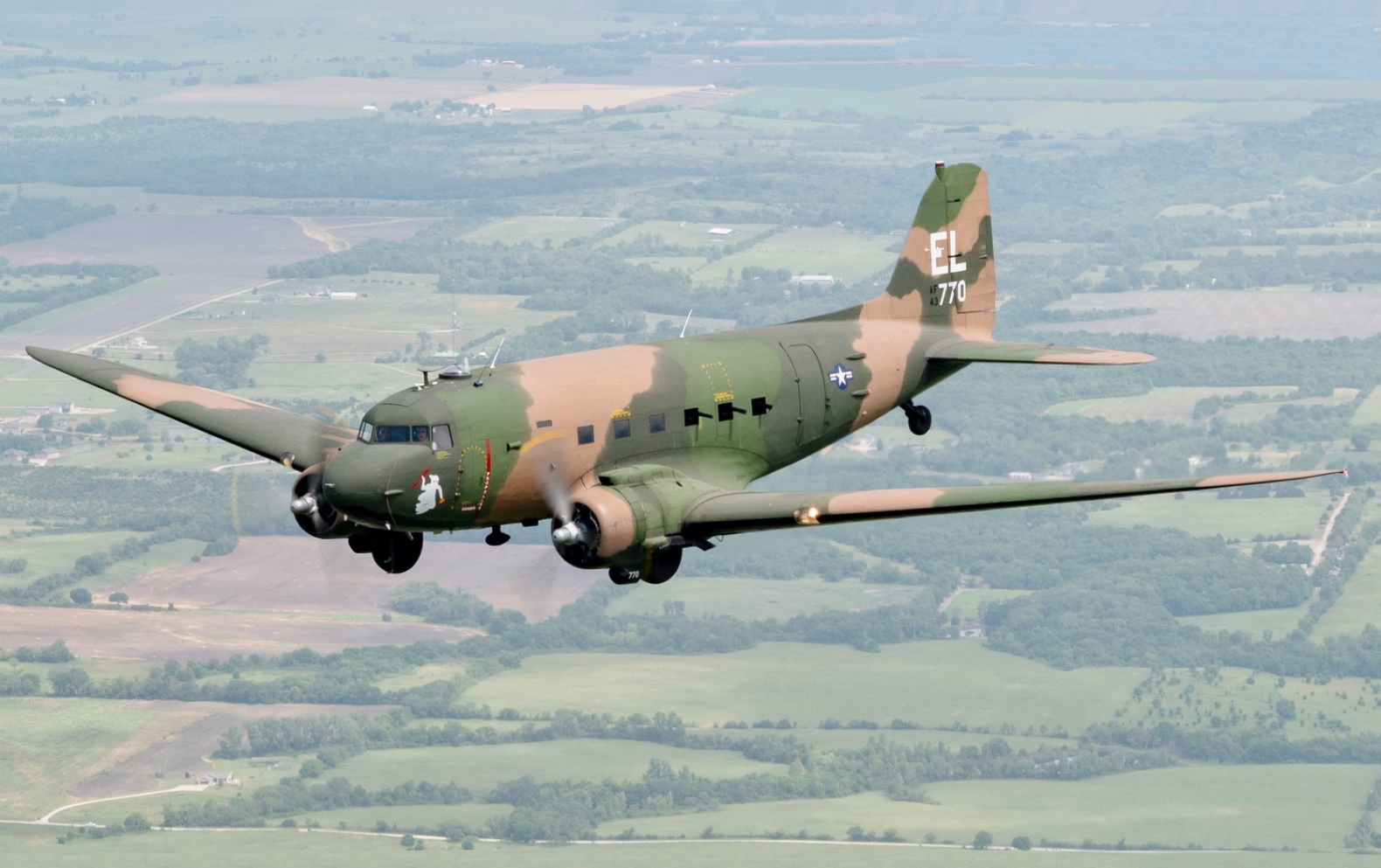
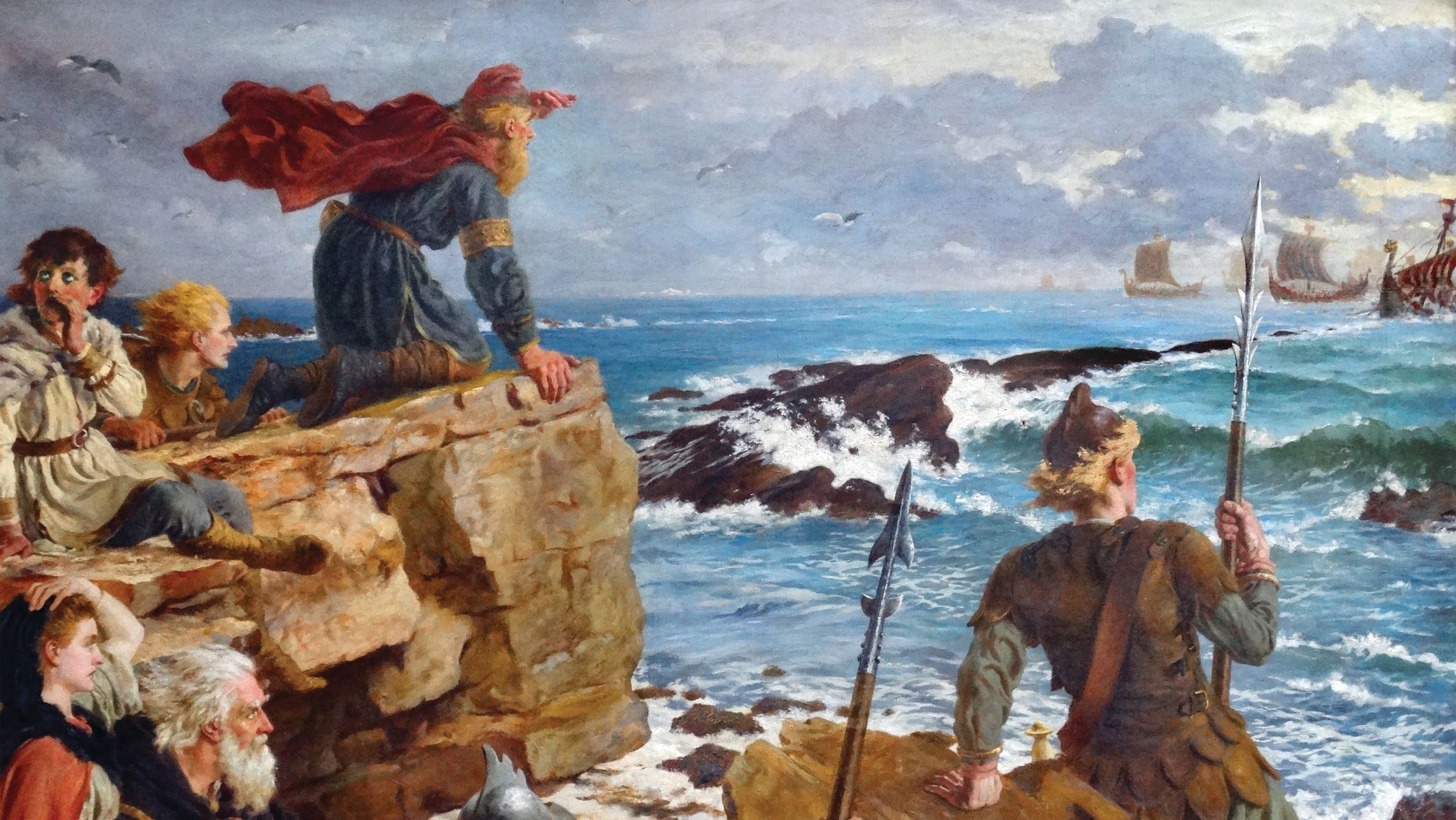
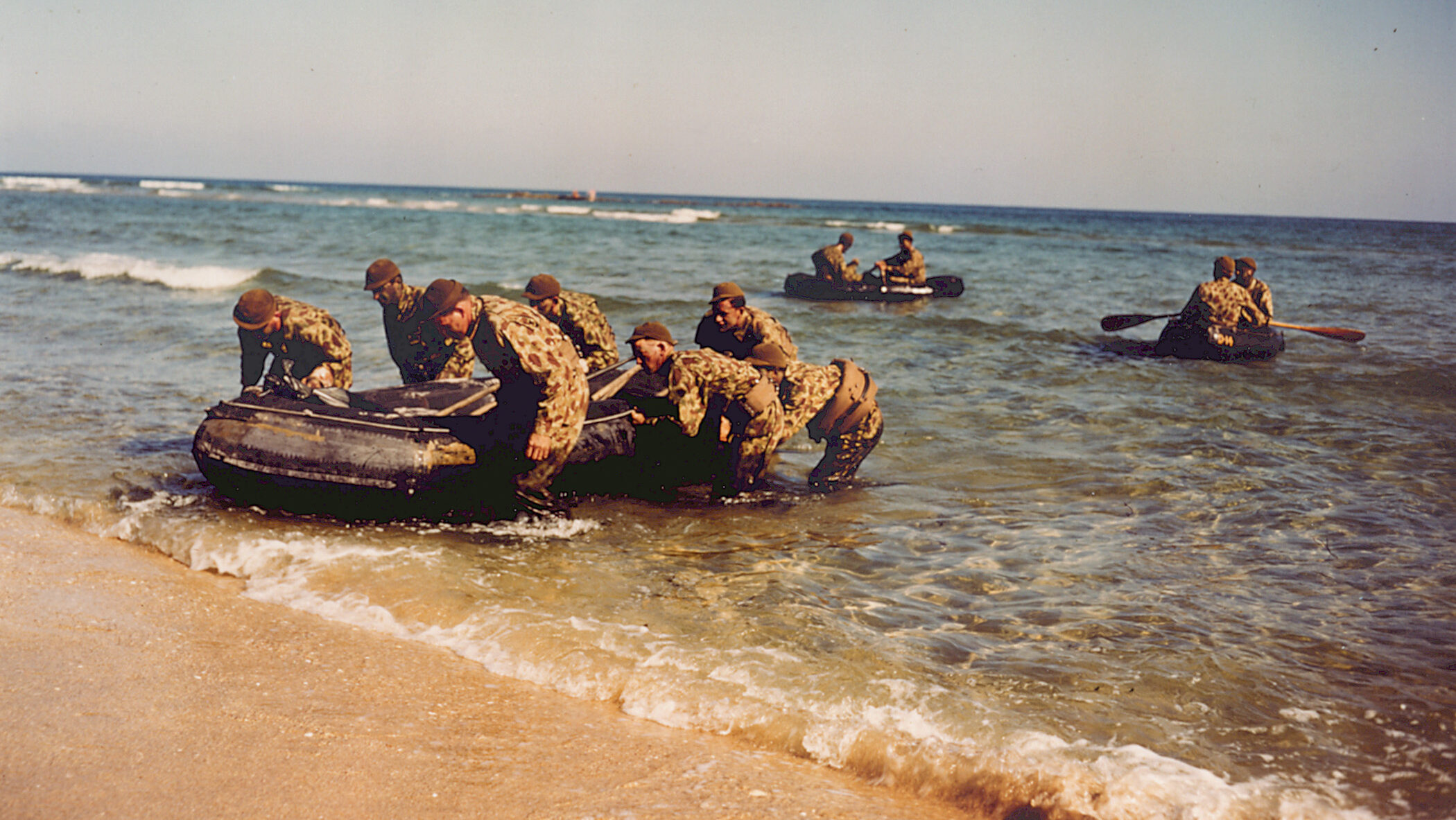
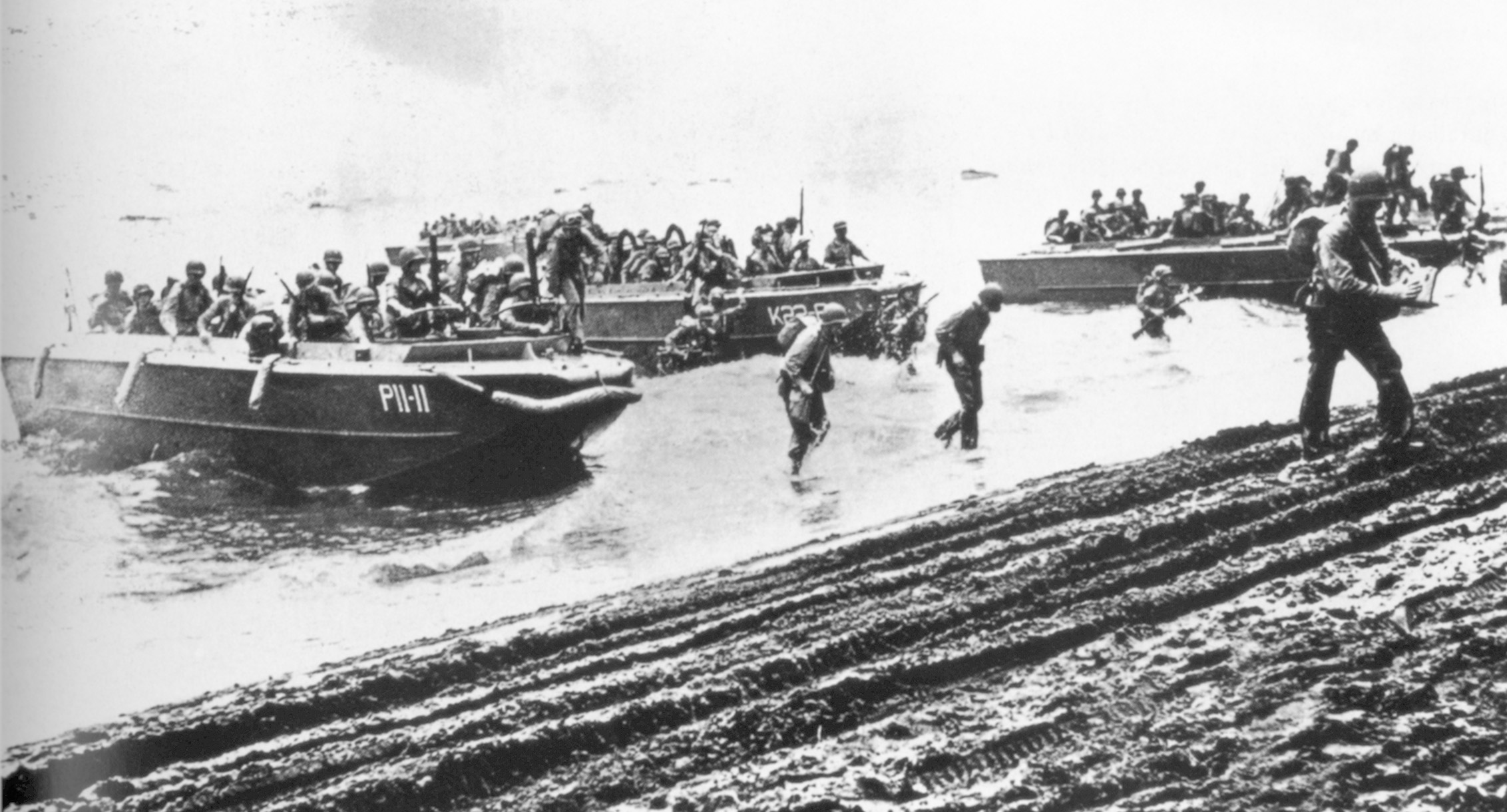
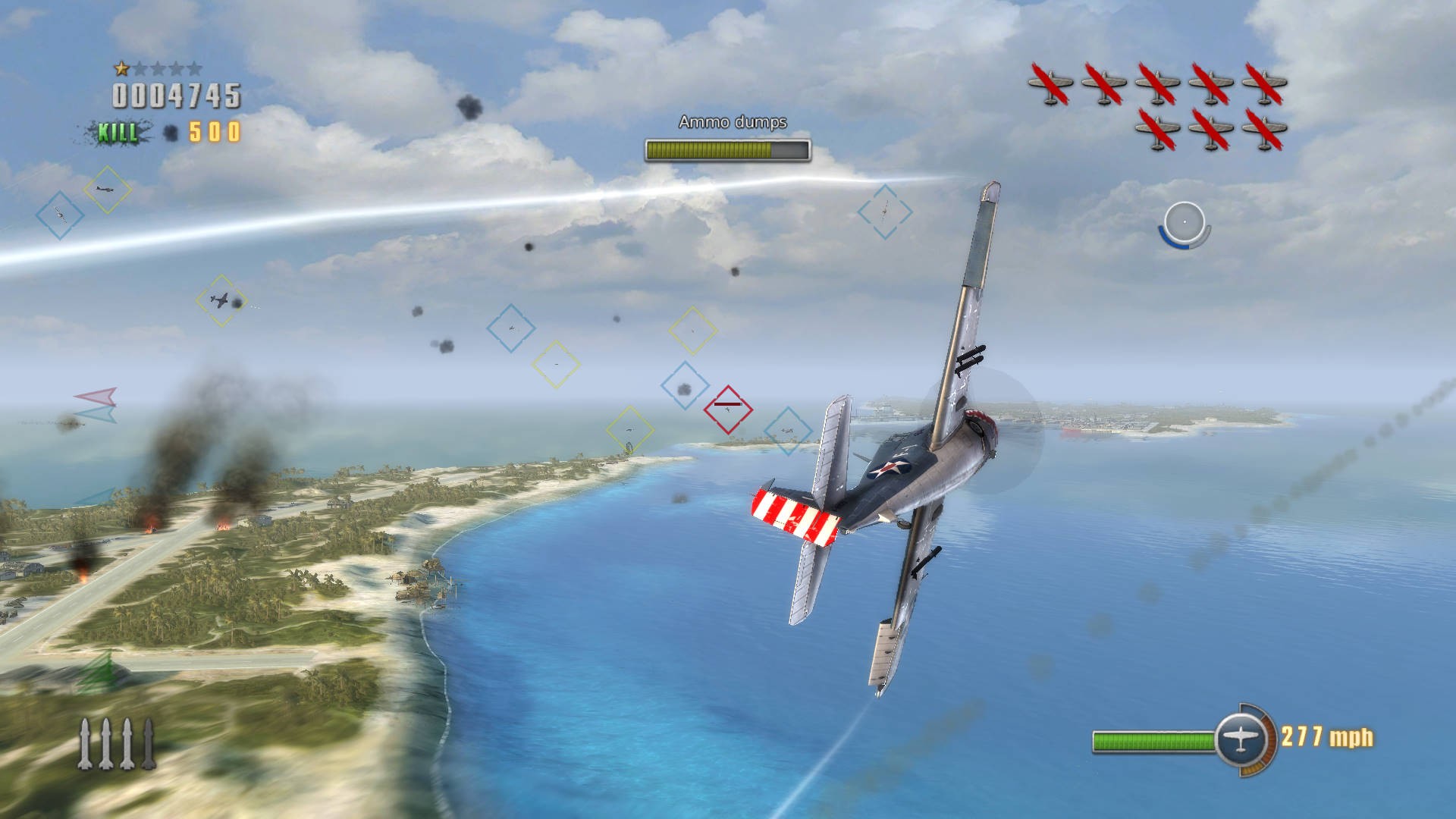
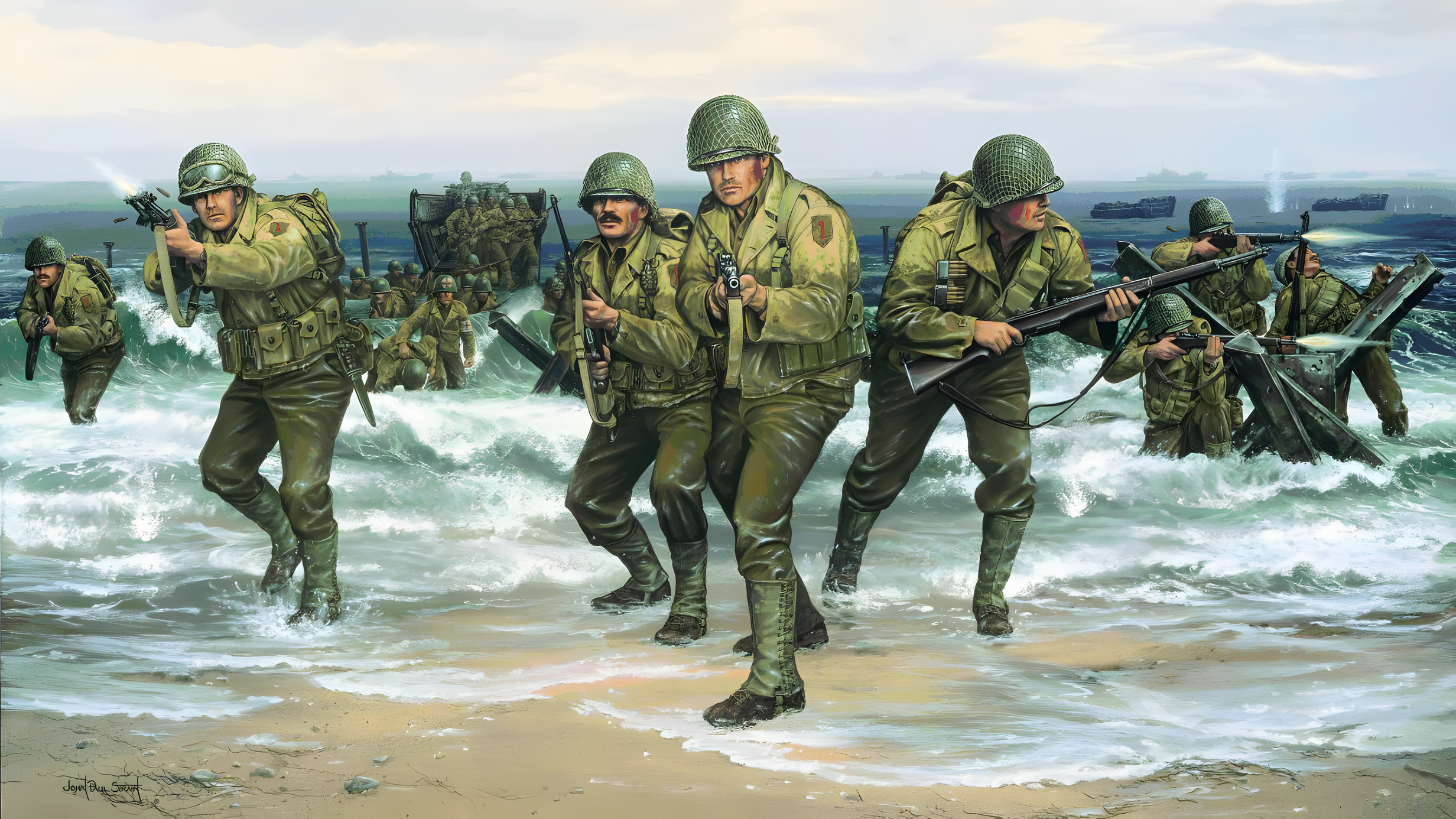
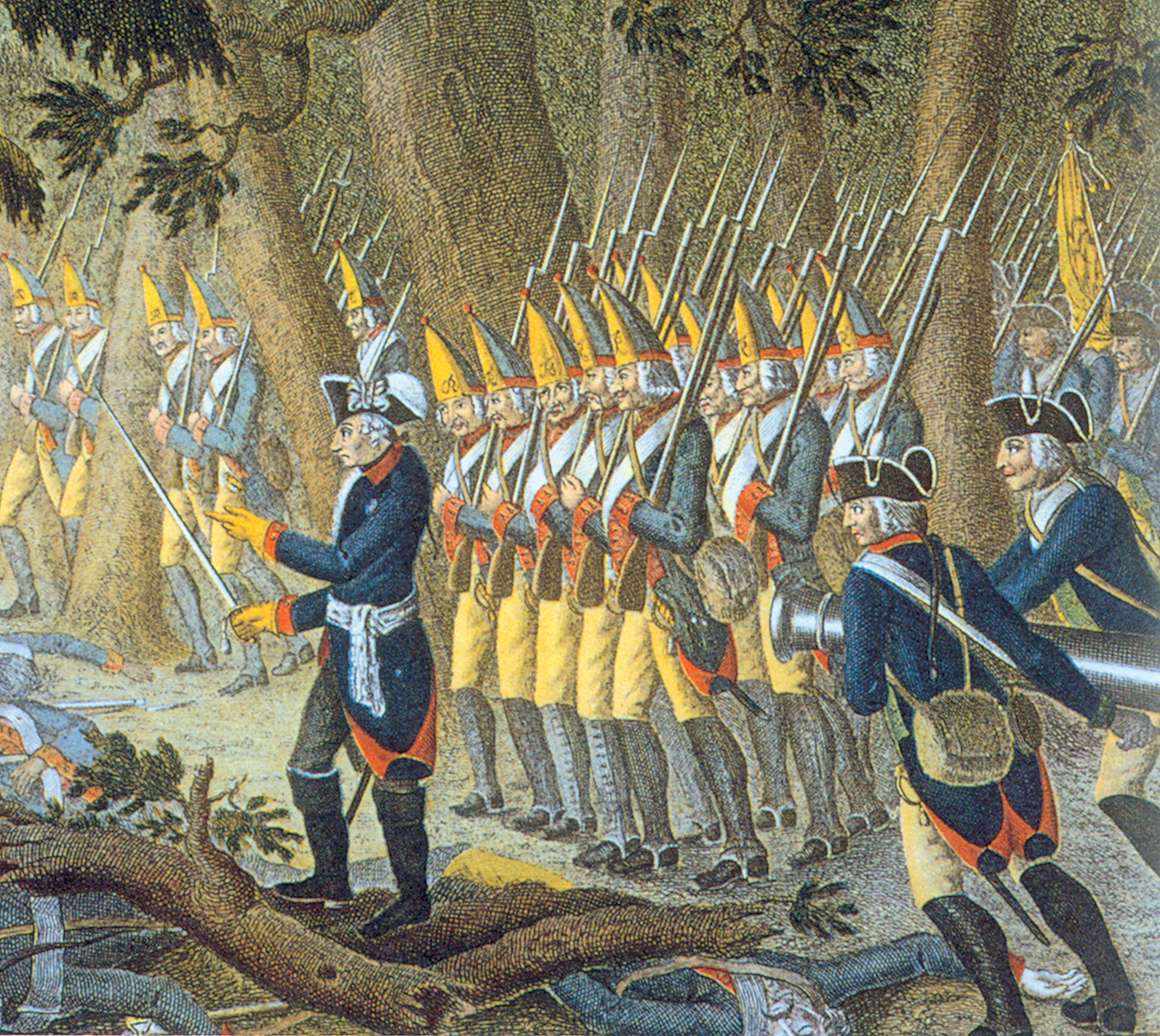
Side note: Britain’s social sympathies were with the Union as British Empire slaves had been emancipate three decades previous. However, their desire for Southern cotton led to a strange dichotomy in which every effort was made, short of full diplomatic recognition, to keep the cotton trade, while simultaneously being critical of slavery. After President Lincoln won reelection and military events turned in the North’s favor, a tilt in favor of a genuine neutral position took place in British diplomacy.